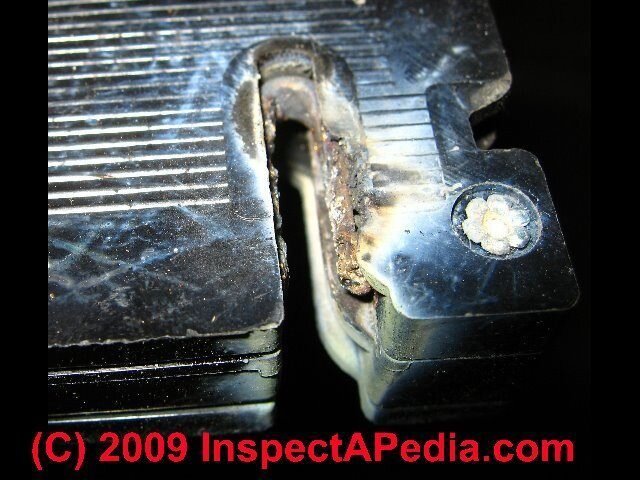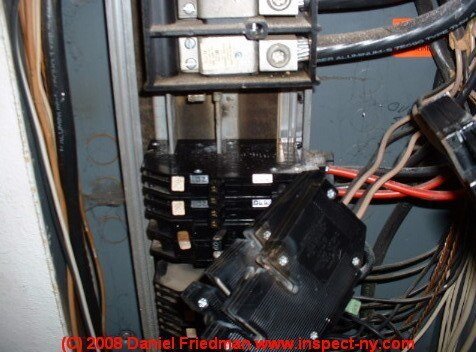Murphy913
Member
This morning I shut off of the dimmer modules and pulled it out. As I did so it exploded and sent sparks everywhere. I tripped the breaker that it was connected to in the process. I shut everything down and put wires caps on the now bad channel that exploded. I reset the breaker the turned the control board back one. I tried one channel which should have just turned on one light but instead every light that was connected to the system would flicker on and off in a random order. This happens with every channel that I turn on.
Ideas? Its not a power issue because the lights works. In my mind it has to be a control issue. I checked all of the cables to the board and the rack. Everything is set right, or so it looks. No burns marks anywhere. I am not sure if the ramp cards are fine or not. That is where I get stuck.
Ideas? Its not a power issue because the lights works. In my mind it has to be a control issue. I checked all of the cables to the board and the rack. Everything is set right, or so it looks. No burns marks anywhere. I am not sure if the ramp cards are fine or not. That is where I get stuck.





